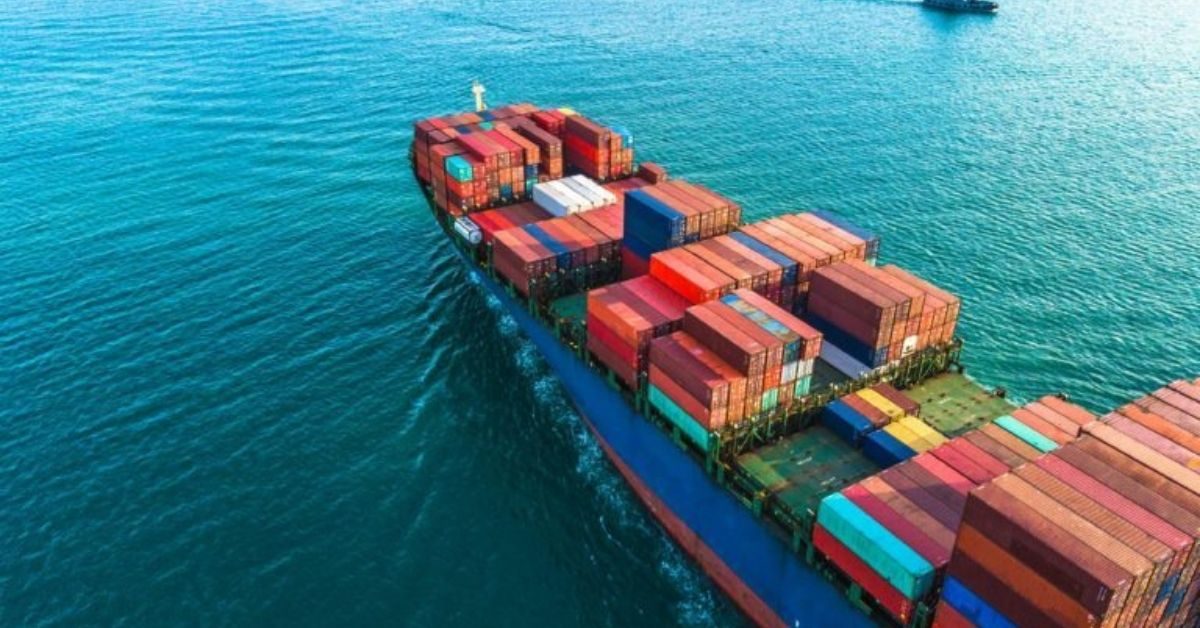Freight rates are high and normalization is uncertain but the use of global nerve centres can help businesses stay competitive.
The container shipping industry is in uncharted territory globally, with surging freight rates and various supply-chain disruptions wreaking havoc on global trade.
The covid pandemic dealt a heavy blow to a sector already facing structural issues. The trigger was an unexpected increase in consumer demand for goods after the March 2020 lockdowns, especially in North America. Americans stuck at home ramped up their online orders of everything from home-improvement products to fitness equipment and masks. This led to total container demand in North America increasing by 20% in 2021 versus 2019. Shipping companies struggled to locate adequate capacity, creating chronic shortages of vessel space, container equipment, warehouses, intermodal hubs, and labour.
The ripple effects of this regional development have been far reaching. Capacity in the transpacific trade lane—which is North America’s largest trade corridor—increased by 45% in November 2021 over 2019. This is more than three times the growth of the largest East–West trade lane between Asia and Europe. Global container shipping rates have, on average, increased four to five times from their 2019 levels.
The implication? Anyone expecting the industry to go back to its old normal in 2022 should brace himself or herself for a new reality. Our research suggests that although container shipping rates will moderate from today’s peak levels, they will likely remain higher than pre-pandemic levels. There is also huge uncertainty around the timeline of when this normalization will occur. Therefore, it is imperative for global shippers to start baking these higher rates into their business plans to mitigate risk.
Lessons for India: Indian shippers are not insulated from this trading chaos. Congestion at major regional transshipment ports has reduced the daily container sailing capacity, causing backlogs in export shipments. Shipping rates have also significantly increased across some of the busiest sea routes in India. Spot rates to Europe are over $8,000/forty-foot equivalent unit (FEU), representing a six-fold increase since January 2019, while container costs from China to India have increased fifteen times to touch $7,000/FEU.
If left unaddressed, these supply-chain woes could jeopardize the competitiveness of India’s booming export industry and drag down the overall economic recovery. Several short- and long-term actions can help cushion the impact. Given the fragile and volatile nature of the current shipping networks, companies must strengthen their end-to-end real-time visibility of supply and demand through a ‘global nerve centre’ that ideally has reliable data all the way from their international suppliers to their customers. This could also help companies spot other international multi-modal solutions. For example, they could create a stocking location in Dubai or Europe, potentially transport expensive products via air freight to these markets, and then ship wares to the US, or use rail movement from those stocking locations, thus speeding up the delivery.
So far, however, this unique proposition has not been widely adopted. Typically, companies have individual control towers, wherein logistics, manufacturing, procurement and other divisions manage different parts of the process and there is no single source of truth across the entire global supply chain.
In India, a key limiting factor behind companies lacking a global nerve centre is the relatively low technology adoption among the supplier networks. Distributors, especially in the rural and semi-urban markets, might not have access to laptops, so their inventory data is not digitized. Companies must commit resources to provide necessary technological tools and capability building to their distributors and to create trust-based relationships to obtain timely access to a supplier’s inventory. They could also adopt a collaborative partnership model with the suppliers.
In the short term, companies also need to immediately revisit global inventory norms—especially for critical components like automotive chips that are either fully dependent on imports or have a single supply channel outside the country—and increase buffers based on new lead-time data and changes in lead-time variability metrics. While it is difficult in the short term to significantly change sourcing strategies to near-shoring and alternate vendors, conducting a renewed network-optimization exercise for global trade flows, after having considered a few scenarios of where rates would settle, is still a worthwhile exercise.
In the longer term, shippers must monitor shipping capacity closely and track where capacity is being deployed, once congestion decreases. Actively monitoring the port congestion on the US west coast in a good lead indicator at this stage. From a procurement perspective, shippers could consider multi-year, longer-term contracts with enforceable take or pay contracts to lock in capacity for certain share of their business, especially raw materials, components and finished goods that are high on criticality and value and low on shipping cost as a percentage of total cost.
Logistical bottlenecks and demand–supply mismatches have undeniably turned 2021 into a banner-earnings year for the shipping industry, while cargo owners have struggled to keep their supply chains running.
We believe that 2022 and beyond will require companies to adopt innovative strategies to build supply-chain resilience and acquire the ability to sail through these unprecedented times.
Neelesh Mundra & Steve Saxon are, respectively, partners in the Mumbai and Shenzhen offices of McKinsey & Company.
Source: MINT








